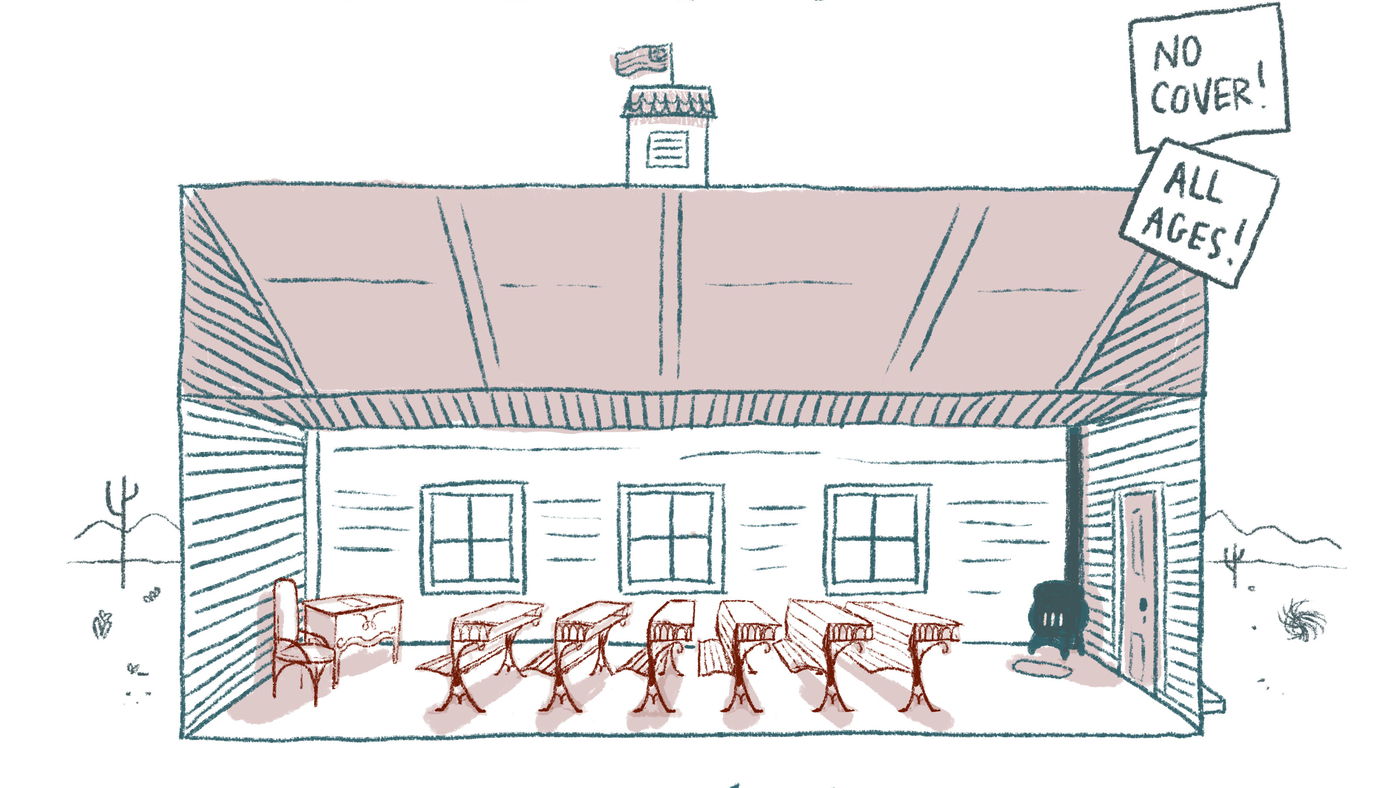
""I felt like a lot of the contemporary discussion about education was really focused on content," she tells NPR. "In that really tight space in front of the kid's face. And as someone interested in design I'm always interested in, what kind of room are you in? How much natural light does it get? What kind of materials is it made of? What kind of a chair are you sitting in?""
"One of the most contentious issues in education today is how much our schools have, or haven't, kept up with the times. The physical plants of schools represent the biggest capital investment in the provision of education, so they tend to stay in use as long as possible. And, Lange's book shows how everything from the dimensions of a room to the height and placement of windows can make certain kinds of learning easier or harder."
"The familiar one-room schoolhouse ruled from Colonial times. But starting in the 19th century, she writes, big public schools were built in urban centers. They had facilities like gyms and auditoriums, sometimes open to the public. And they had several stories of classrooms, outfitted with the learning technologies of the time: blackboards, globes and maps. These rooms were designed for one type of learning only: direct instruction."
Childhood spaces—living rooms, streets, and classrooms—shape children's learning and development. One-room schoolhouses were simple, built from local materials, with children seated by age and focused on rote learning. Architectural features such as room dimensions, natural light, window height, materials, and furniture influence what types of learning are easier or harder. School buildings are major capital investments and often remain in use for long periods, which prolongs the impact of their design. Nineteenth-century urban public schools added gyms, auditoriums, and multi-story classrooms outfitted with contemporary learning technologies, and their layouts supported direct instruction.
#school-design #alexandra-lange #childhood #learning-environment #learning-environments #educational-architecture #historical-schools
Read at www.npr.org
Unable to calculate read time
Collection
[
|
...
]